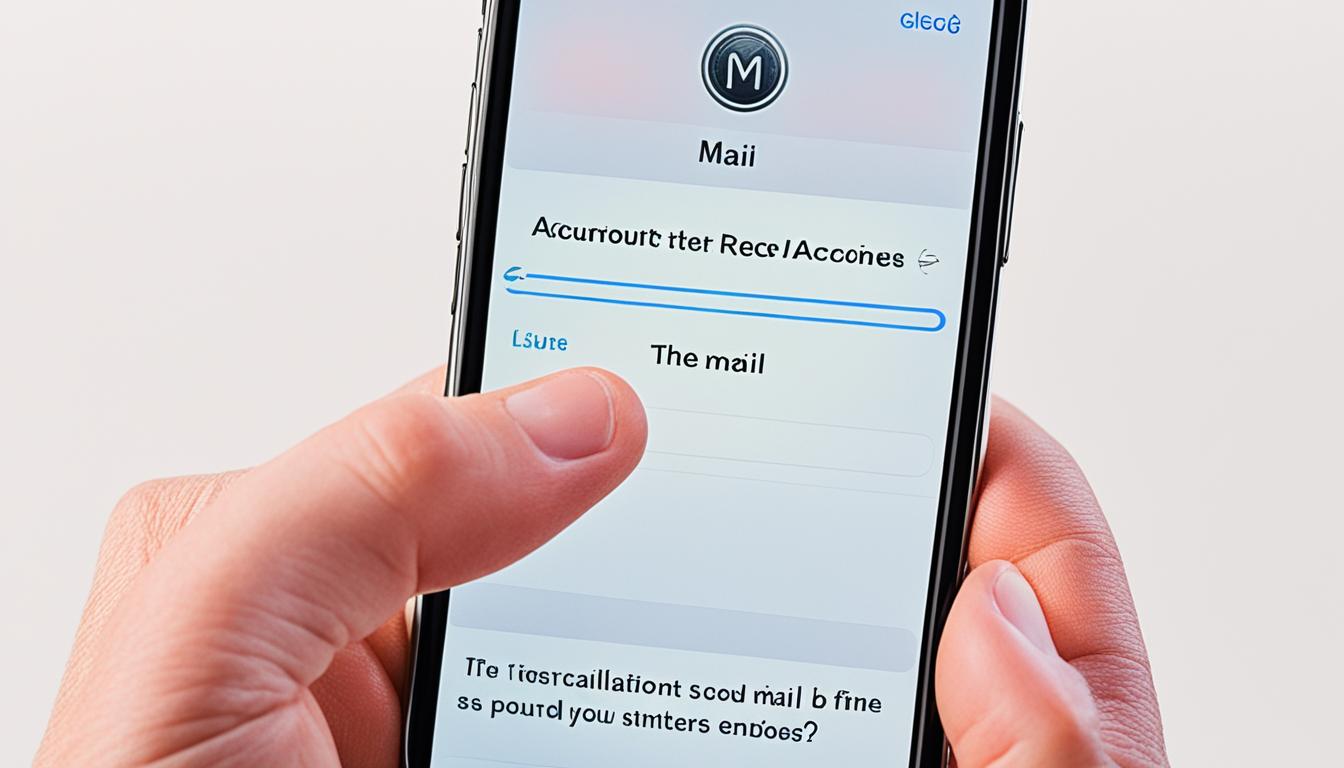When emailing our teachers, it’s important for us to make sure our messages are both respectful and easy to understand. However, have you ever experienced difficulty in finding the appropriate tone or correctly formatting your email?
There are a few key strategies that can help us craft an effective email to our teachers, from structuring our message to choosing the right language.
Let’s explore some practical tips for writing a good email to a teacher that can help us navigate this important form of communication.
Key Takeaways
- Begin the email with a clear and detailed subject line.
- Tailor the tone of the email to match the formality of the communication and the relationship with the teacher.
- Include relevant information and specific details in the body of the email.
- Proofread the email for clarity, spelling, and grammar before sending.
Structuring Your Email
When structuring your email to a teacher, clarity and professionalism are essential for effective communication. It’s important to begin with a clear and detailed subject line that accurately indicates the purpose of the email. This helps the teacher understand the nature of your communication and prioritize their responses accordingly.
When addressing the teacher, it’s crucial to use a formal greeting and address them respectfully with their proper title and last name. This sets a tone of respect and professionalism for the rest of the email.
In the body of the email, it’s imperative to structure it like a formal letter with an introduction, body, and conclusion. It’s crucial to keep the email brief and to the point, respecting the teacher’s time and workload.
Always express gratitude and appreciation at the end of the email, acknowledging the teacher’s dedication and support.
Choosing the Right Tone

To ensure effective communication in email correspondence with a teacher, it’s crucial to consider the recipient and the purpose of the communication when choosing the appropriate tone. When writing emails to teachers, it’s important to use a tone that’s polite, professional, and respectful. To help you choose the right tone, consider the following:
- Understanding the Recipient:
Consider the teacher’s preferences and communication style. Some teachers may prefer a more formal tone, while others may appreciate a friendly yet respectful approach.
- Adapting to the Purpose and Relationship:
Tailor the tone of your email to match the formality of the communication and the relationship with the teacher. For instance, if you’re addressing a concern or asking for assistance, a more formal tone may be appropriate. However, if you’re expressing gratitude or sharing updates, a slightly more casual tone might be suitable.
Crafting a Clear Subject Line
Crafting a Clear Subject Line is an essential component of effective email communication with teachers, ensuring that your message is easily identifiable and promptly addressed.
When crafting the subject line for an email to a teacher, it’s important to be clear and specific. Include your name, class, and the purpose of your email in a concise manner. For example, a clear subject line could be ‘Jane Doe, Period 2 English – Question about Homework Assignment.
Using appropriate salutations, such as ‘Dear Mr./Ms./Mrs. [Last Name],’ helps maintain a professional and polite tone in the email.
When closing the email, it’s important to end with a polite and respectful closing, such as ‘Thank you’ or ‘Sincerely,’ followed by your full name.
It’s crucial to avoid using informal language, slang, or abbreviations in the email, as the communication should be formal and respectful.
Before sending the email, always proofread for clarity, spelling, and grammar to ensure a professional and polished school email.
Including Relevant Information

In order to effectively communicate your needs and concerns to your teacher via email, it’s essential to clearly and succinctly include all relevant information. When composing an email to a teacher, it’s crucial to provide specific details to ensure your message is clearly understood.
Here are some key points to consider when including relevant information in your email:
- Specify the reason for the email and include direct questions. Clearly state the purpose of your email and any specific questions you need to be addressed.
- Example: ‘I am writing to request a letter of recommendation for an upcoming scholarship application. Could you please provide guidance on the process and any additional information you may require?’
- Share any attempts made to solve the problem or find the information yourself. Briefly mention any efforts you have made to resolve the issue independently before seeking assistance from the teacher.
- Example: ‘I have already reviewed the class syllabus and checked the online resources, but I couldn’t find the specific guidelines for the research paper. Could you please clarify the requirements?’
Polishing Your Email
After ensuring that all relevant information has been included in your email, the next step is to refine and polish your message for clarity and professionalism. When polishing your email to your teacher, it’s crucial to adhere to email etiquette and maintain a respectful tone.
Address the teacher with the appropriate title, such as ‘Dear Professor [Last Name]’ or ‘Hello Mr./Ms. [Last Name].’ Take the time to proofread your email for any grammatical errors or typos. This not only shows your attention to detail but also ensures that your message is clear and easy to understand.
Consider the time to respond when sending an email to your teacher. If it’s a time-sensitive matter, make sure to clearly convey this in the subject line or the beginning of your email. If you haven’t received a response within a reasonable timeframe, it’s acceptable to send a polite follow-up email.
When the teacher does respond, express appreciation and provide positive feedback if applicable. Lastly, if there are any additional details the teacher needs to know, make sure to include them clearly in your email.
These steps will help you craft a polished email that effectively communicates your message while maintaining a professional and respectful tone.
Frequently Asked Questions
How Do You Start an Email to a Teacher?
We start an email to a teacher with a polite greeting and a respectful address.
It’s important to use a clear and concise subject line that reflects the purpose of our email.
We introduce ourselves and clearly state the reason for our email in the opening paragraph.
Keeping the email brief, to-the-point, and organized, using proper grammar and spelling throughout, is crucial.
We always end our email with a polite and professional closing, expressing gratitude for the teacher’s time and assistance.
How Do I Email My Teacher for a Better Grade?
We want to improve our grade, so we can politely ask our teacher for a chance to discuss it.
We should express our interest in understanding the material better and ask for specific feedback on how we can improve.
It’s important to approach the conversation with respect and humility, acknowledging that the final grade is ultimately up to the teacher.
This approach demonstrates our commitment to learning and our willingness to put in the effort.
How Do You Start a Message to a Teacher?
We start a message to a teacher by addressing them professionally and respectfully. It’s important to use their title, like ‘Dear Professor Smith,’ and to clearly state the purpose of the email in the subject line.
We also make sure to use correct grammar and punctuation and to express our thoughts clearly and concisely. It’s crucial to be courteous and considerate in our communication with teachers, as they play a significant role in our education.
How Do I Write an Email to My Child’s Teacher?
We start by asking ourselves how we can effectively communicate with our child’s teacher via email. It’s important to be clear, respectful, and professional in our writing. We should consider the purpose of our email and ensure that our message is concise and to the point.
It’s also crucial to use proper grammar, tone, and formatting to convey our message effectively. These elements will help us craft a successful email to our child’s teacher.
Conclusion
In conclusion, writing a good email to a teacher requires careful attention to detail and respect for their time. By following the guidelines for structuring the email, choosing the right tone, and including relevant information, you can effectively communicate with your teacher.
Remember, a well-crafted email shows your professionalism and consideration for the recipient, and can help you build a positive relationship with your teacher.
So, put your best foot forward and start composing that email!









